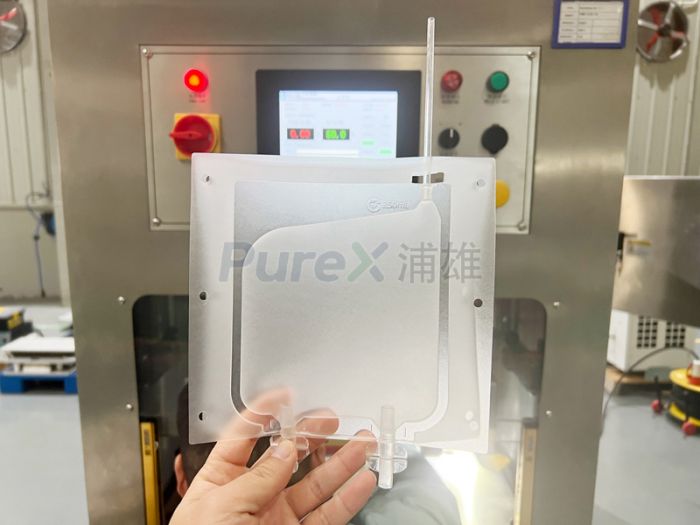What are the sizes/specifications of the sterile isolation bags?
I. Common Sizes
1.Small size:
For example, 7×10cm. This size of sterile isolation bag is usually suitable for packaging small accessories or samples.
2.Medium size:
For example, 9×13cm, 10×15cm, etc. These sizes of sterile isolation bags are suitable for packaging medium-sized items or instruments.
3.Large size:
Larger sizes such as 32×20cm, etc., may be used for packaging items or samples that require more space, such as sterile sampling bags/homogenization bags.
II. Special Specifications
In addition to the above common standard sizes, sterile isolation bags can also be customized according to the special needs of customers. For example, in the medical field, specific sizes of sterile isolation bags may be required to package medical devices or drugs; in the food industry, sterile isolation bags that meet specific packaging requirements (such as shape, capacity, etc.) may be needed to package food.
III. Other Specifications
In addition to size, the specifications of sterile isolation bags also include materials, thickness, transparency, and sterilization methods, etc. The selection of these specifications depends on the specific application scenarios and requirements. For instance, in the medical field, sterile isolation bags are typically made of non-toxic and harmless materials such as polyethylene to ensure compatibility and safety with medical supplies; in the food industry, materials with specific barrier properties may be required to prevent the penetration of oxygen, moisture, and other substances.
IV. Selection Recommendations
When choosing a sterile isolation bag, it is recommended to consider the following factors:
1.Application fields: Clearly define the usage scenarios and requirements of sterile isolation bags, such as in medical, food, and scientific research fields.
2.Size and capacity: Select the appropriate size and capacity based on the size and quantity of the items to be packaged.
3.Material: Choose materials that meet relevant standards and requirements to ensure the safety and compatibility of sterile isolation bags.
4.Sterilization method: Understand the sterilization method of sterile isolation bags to ensure they meet sterile requirements.
5.Cost: Consider the cost-effectiveness of sterile isolation bags while ensuring quality.
The size and specifications of sterile isolation bags vary by manufacturer and application field. When choosing, it is recommended to consider and select based on specific needs and scenarios.



.jpg)